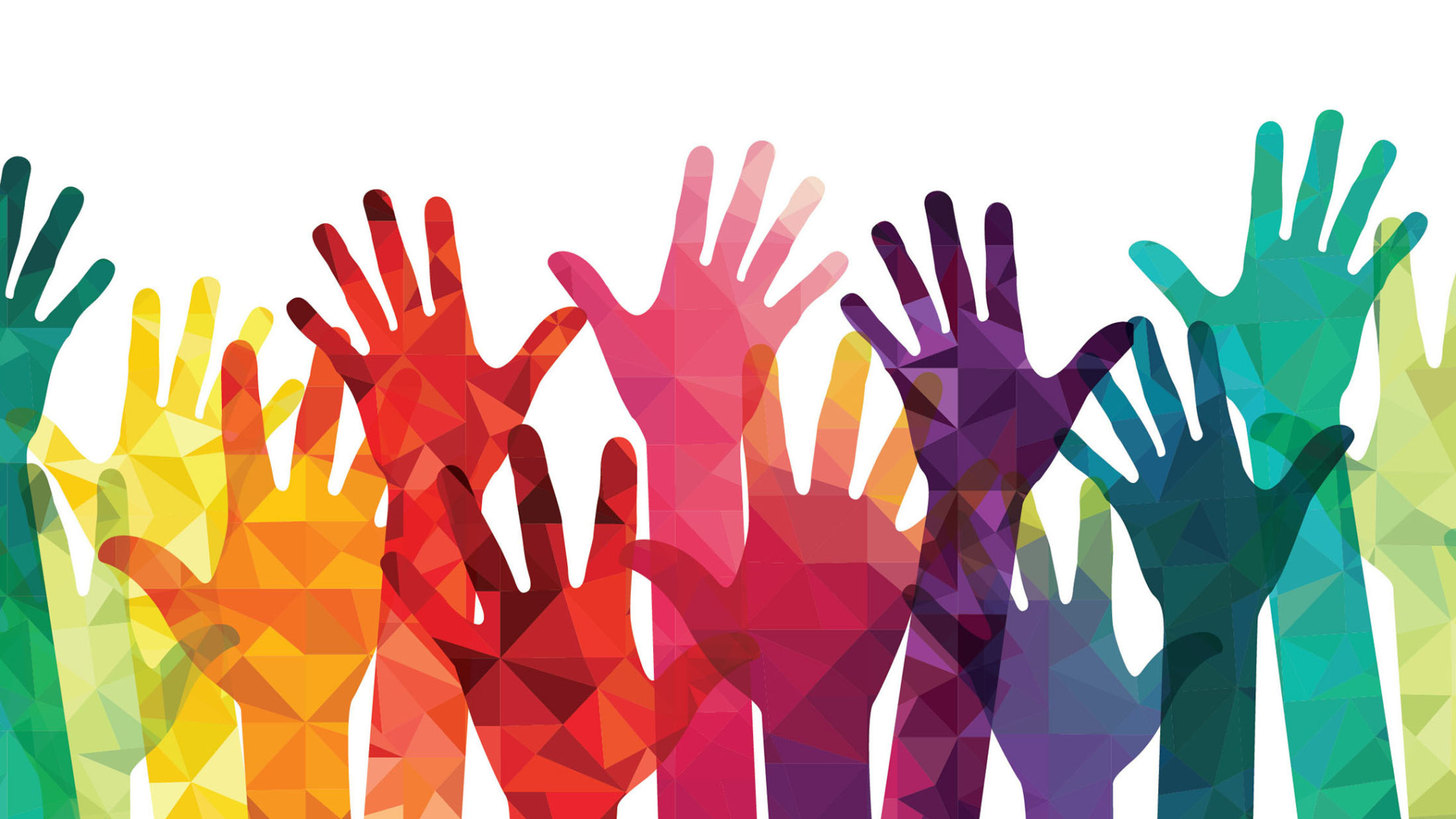Committing to diversity, equity and inclusion

Diversity, equity and inclusion are powerful words. Historically, each brings forth memories and events that affected millions of people, inspiring them, breaking their hearts, or shaping their lives in deeply profound ways. The meaning of these words is embodied in Martin Luther King Jr.’s “I Have a Dream” speech, which was echoed across America as the week started and the country celebrated the ideals of equality.
But even as many Americans believe in these values, we live in a time of blistering rhetoric and actions that evoke their opposite – shameful speech of political leaders, the reemergence of white nationalism onto the public stage, and revelations of widespread sexual harassment. Not since the early 1970s have we seen this level of anger and anxiety around matters of race and gender. And not just these: there is comparable agitation today over differences in religion, in class, and in identity generally. With all that’s going on, it seems important for organizations like ours, whose very purpose is the betterment of society, to model ways to welcome differences—more, to show how embracing our differences can make us stronger and better.
The Hewlett Foundation began taking an institution-wide look at matters related to diversity, equity and inclusion (DEI) a few years ago, starting with our own operations and culture. Following a year-long series of small-group conversations aimed at building trust and awareness, we took a number of actions: We clarified our approach to recruitment, hiring, and compensation. We established a cross-functional taskforce to make recommendations about policies and practices that could lead to a more inclusive workplace. We incorporated cultural competence into the foundation’s management training and professional development opportunities. We made DEI one of our guiding principles, stating explicitly why these values are important both internally, in our hiring process and organizational culture, and externally, in our grantmaking and related practices.
We published our staff and board demographic data, and now, we plan to gather data on an area where we embarrassingly know very little: the demographics of our grantee pool. Our intent in conducting this overdue survey of grantee demographics is not to impose changes on grantees, but rather to build a better understanding of our own processes and decisions.
We are, at the same time, exploring ways to support grantees that want to do their own institutional work related to DEI. Our Education Program made an initial commitment of $1.5 million to two pilot rounds of capacity-building grants for existing grantees to do such work, and we have allocated new resources for other programs to do the same. Meanwhile, all our programs are examining how they can expand their networks to new grantees; support field-wide efforts to increase diversity, equity and inclusion; and be more inclusive of the views of the people our philanthropy ultimately seeks to help.
Efforts like these are a matter of responsibility, not grace. As an endowed institution with significant resources, our choices about how we use our assets have consequences. In hiring staff and supporting partners to help address critical social problems, we also empower the individuals and organizations we choose. We have a duty to exercise this privilege—for it is a privilege—thoughtfully, mindful of the larger society of which we are part, and of the historical, economic, and cultural forces that shape it.
We don’t want to reduce ourselves or our partners to labels. We seek, rather, to develop enough awareness of difference that we can learn from enriched dialogue and relationships. Internal conversations among staff have edged from reserved to challenging to the beginnings of understanding and acceptance. External efforts to reach communities we have neglected or to bridge differences among them have already yielded notable benefits in advancing the foundation’s goals.
We have a long way to go: more to do and much more to learn. But if anything is clear, it is that adding and empowering voices that have been muted or overlooked makes us a stronger organization that is better at what it does, as well as a better organization.
